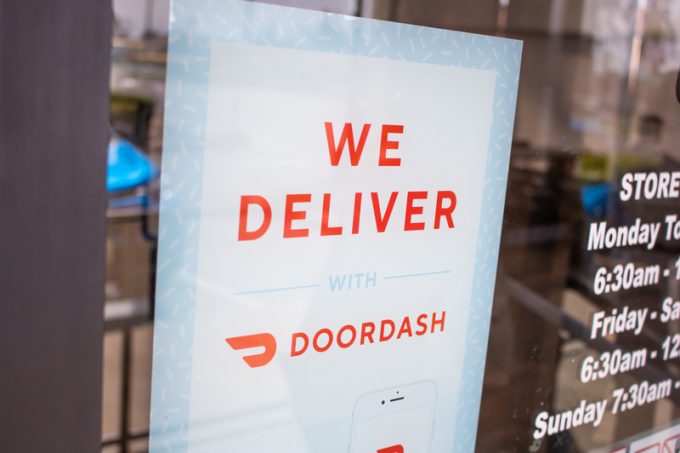Small businesses fearful as DOGE has USPS revamp in its sights
The news that postmaster general Louis DeJoy invited the US Department of Government Efficiency (DOGE) ...

Amazon has blinked again this month: since last summer, the seemingly unstoppable e-commerce behemoth has taken more and more steps to rein in costs.
These moves include shuttering warehouses or postponing their development, to offering space in them to third-party sellers and lift on its freighter fleet to others.
Now, it is going after small change (comparatively), with a change in the returns arena.
Since 14 January, Amazon no longer shoulders the cost differential if a carrier hikes charges on returned goods to ...
Transpacific sees first major MSC blanks as rates fall and volumes falter
'It’s healthy competition' Maersk tells forwarders bidding for same business
Opposition builds for final hearing on US plan to tax Chinese box ship calls
White House confirms automotive tariffs – 'a disaster for the industry'
New price hikes may slow ocean spot rate slide – but for how long?
Supply chain delays expected after earthquake hits Myanmar
Shippers snap up airfreight capacity to US ahead of tariff deadline
Tighter EU import requirements proving 'a challenge' for forwarders

Comment on this article